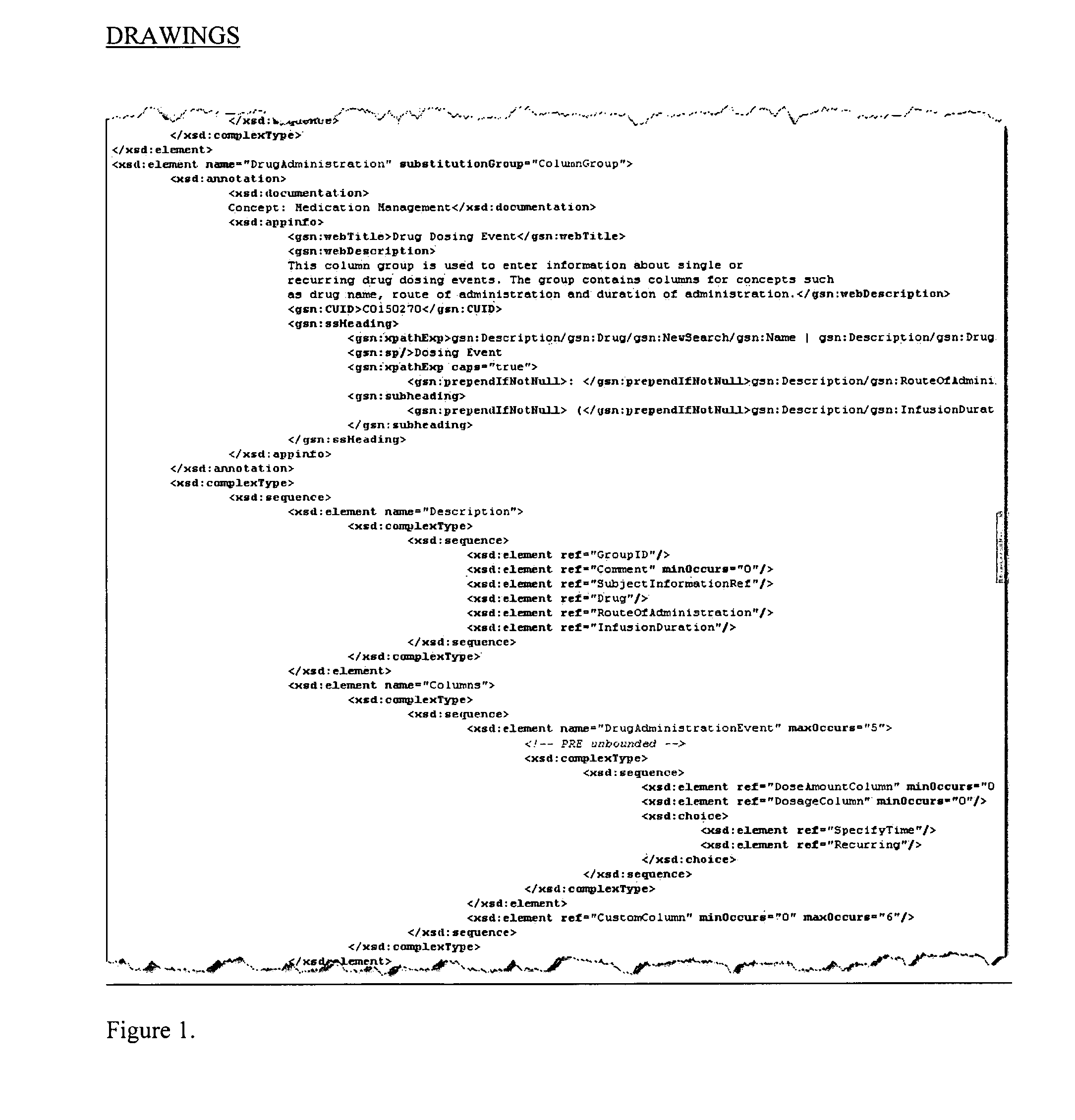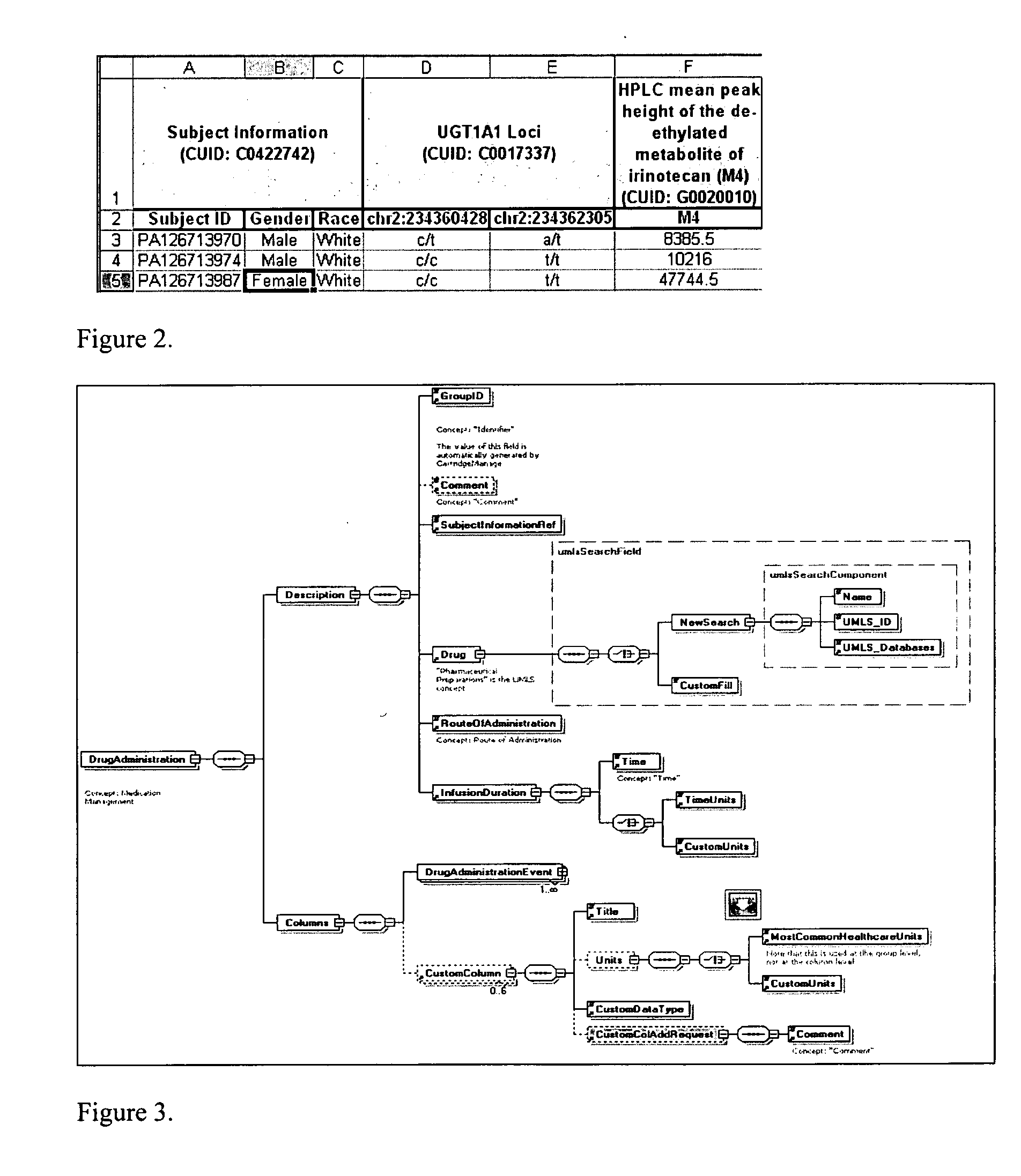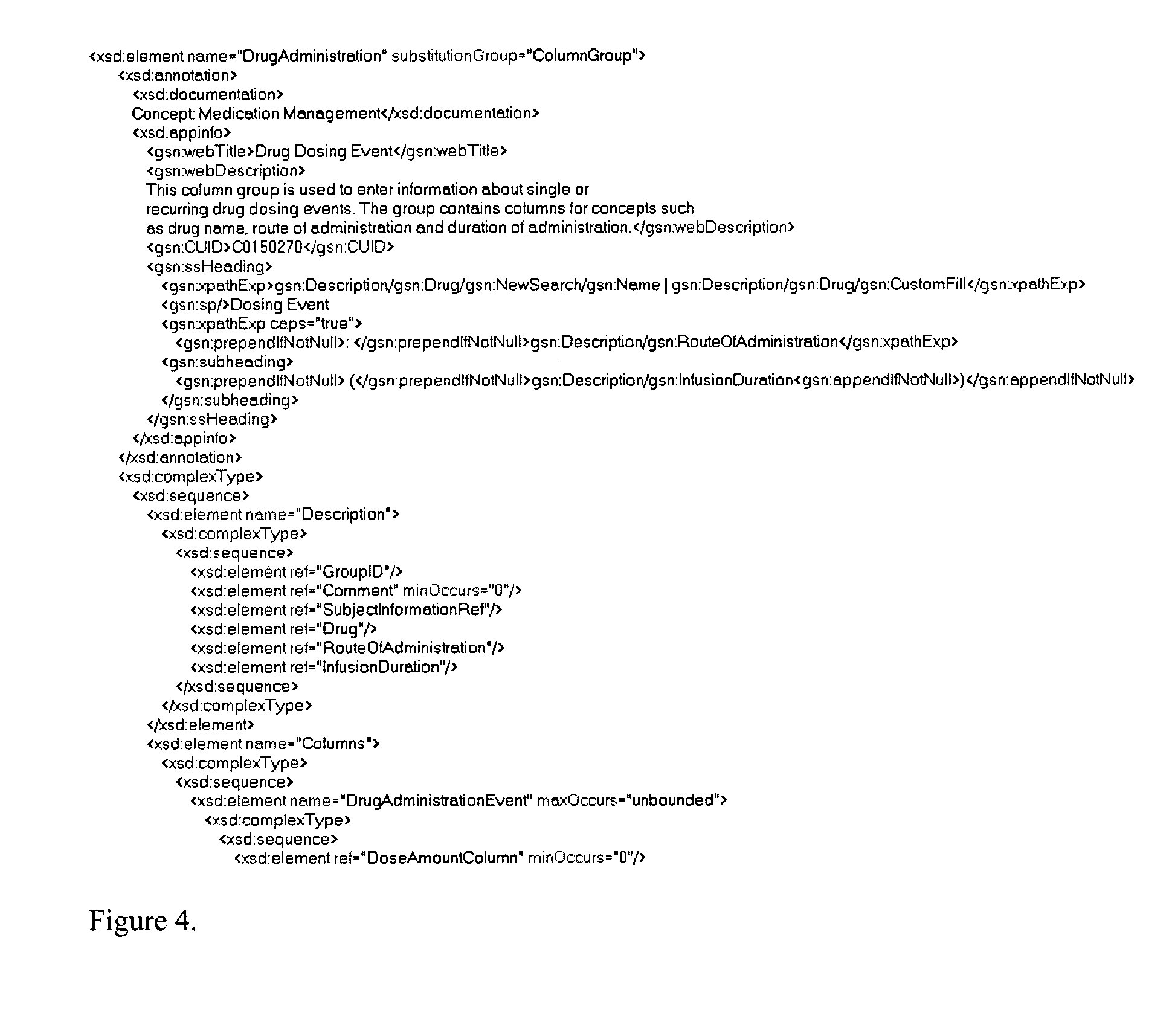System and method for integrating and validating genotypic, phenotypic and medical information into a database according to a standardized ontology
a technology of applied in the field of system and method for integrating and validating genotypic, phenotypic and medical information into a database according to a standardized ontology, can solve the problems of inability to fully understand all aspects of medicine, inability to combine or compare data from disparate sources, and inability to a priori fully understand the creators of an ontology. achieve the most effective treatment decision, improve treatment decision, and improv
- Summary
- Abstract
- Description
- Claims
- Application Information
AI Technical Summary
Benefits of technology
Problems solved by technology
Method used
Image
Examples
Embodiment Construction
[0077] Modern information technology allows research institutions, hospitals and diagnostic laboratories to accumulate valuable medical data. Currently, data collected at each institution tends to be independent in format and ontology (when an ontology exists), making it difficult to combine or compare data from disparate sources. There is a burgeoning need to integrate and interpret medically-relevant genetic and phenotypic data to enable clinicians to make better treatment decisions, faster, based on sound predictors of medical outcome. The focus of this system is creating a product for pharmaceutical companies, diagnostic testing companies, hospital laboratories using diagnostic tests, and clinicians making difficult treatment decisions that could be guided by distillation of available medical data.
[0078] This software system has five main aspects, which may be used separately or in combination with other aspects. The first aspect involves defining and creating a standardized on...
PUM
| Property | Measurement | Unit |
|---|---|---|
| shrinkage functions | aaaaa | aaaaa |
| time | aaaaa | aaaaa |
| size | aaaaa | aaaaa |
Abstract
Description
Claims
Application Information
 Login to View More
Login to View More - R&D
- Intellectual Property
- Life Sciences
- Materials
- Tech Scout
- Unparalleled Data Quality
- Higher Quality Content
- 60% Fewer Hallucinations
Browse by: Latest US Patents, China's latest patents, Technical Efficacy Thesaurus, Application Domain, Technology Topic, Popular Technical Reports.
© 2025 PatSnap. All rights reserved.Legal|Privacy policy|Modern Slavery Act Transparency Statement|Sitemap|About US| Contact US: help@patsnap.com



